


Kepulauan Seribu Regency
Asia
/
Indonesia
/
Kepulauan Seribu Regency
There's no need to fly across the country to escape Jakarta's overwhelming traffic and chaotic pace. Just head north to the idyllic Thousand Islands. Filled with white sandy beaches and clear waters, these islands are the perfect weekend getaway destination.
Despite the name, the Thousand Islands consist of only hundreds of islands and not all of them are inhabitable or open for public. Tidung Island, Pramuka Island, and Bidadari Island are some of the most popular destinations for diving, snorkeling, canoeing, windsurfing, or simply cycling around the island.
Developed in the 1950s as a holiday retreat for Indonesia's first president, Soekarno, the lovely Ayer Island offers floating cottages inspired by the Maldives. For a truly luxurious treat, book yourself a stay at one of the area's gorgeous private islands, such as Macan Island. No matter which island you visit, don't miss out on the area's most famous culinary offering — fresh, succulent seafood.

Travel Tips for Pulau Seribu
What you need to know before traveling here
Getting Around Kepulauan Seribu Regency
A guide to Kepulauan Seribu Regency's local transportation
Navigating the picturesque Seribu Islands is effortlessly facilitated by the swift convenience of speed boats. Departing from Ancol Marina Pier, these boats offer an expedited and efficient alternative for those seeking a swift journey to the Thousand Islands. Serving as the exclusive pier providing fast boat services, Ancol Marina becomes the gateway to a seamless island-hopping adventure.
Practical Tips for Kepulauan Seribu Regency
Things to prepare and best way to visit
The archipelago boasts numerous tourist attractions, and due to their small size, exploring the Seribu Islands becomes an intriguing adventure. Traveling between these islands unveils a mosaic of beauty.
Among the globally acclaimed destinations are Putri Island, Macan Island, and Pramuka Island, and more. Each island contributes to the allure of the region. The list extends to dozens of islands, including the captivating Pari Island, celebrated for its Pasir Perawan Beach and captivating coral reefs. Beyond the sun-kissed shores of Pasir Perawan Beach, breathtaking views of both sunrise and sunset unfold, providing a visual feast.
For those seeking historical enrichment, Onrust Island has its past as a Hajj dormitory area, originally established by the Dutch East Indies government for Indonesian Hajj pilgrims.
However, if you love a vibrant island experience, explore Tidung Island, which consists of Big Tidung and Small Tidung connected by the iconic Love Bridge. While Big Tidung is a bustling inhabited island with comprehensive public facilities, Small Tidung offers an uninhabited mangrove forest for research and conservation. Here, adventure seekers can snorkel and dive in the pristine, pollution-free waters, ensuring an extended playtime. Beyond the beaches, visitors can rent bicycles from locals to leisurely traverse the scenic Love Bridge, adding a touch of exploration to their Tidung Island getaway.
Embarking on a journey to Pulau Seribu from Jakarta is a seamless adventure since it is near the Bay of Jakarta. Accessing these enchanting islands is convenient, with a ferry ride being the primary mode of transportation. From Jakarta, reaching Ancol Marina is straightforward, whether by taxi or public transportation.
The ferry ride itself, lasting approximately 1-2 hours, offers a scenic voyage to the diverse islands within the Pulau Seribu archipelago. Travelers have the flexibility to choose their destination based on personal preferences. For those seeking a more personalized experience, the option to hire a private boat is available. Alternatively, joining a tour group proves to be a hassle-free choice, often encompassing transportation and accommodation arrangements, ensuring a delightful and stress-free exploration of the captivating Pulau Seribu.
The best time to explore the wonders of Kepulauan Seribu is during the dry season, spanning from May to October. This period ensures ideal weather conditions with sunny and dry days, creating the perfect backdrop for indulging in beach activities and water sports. The allure of crystal-clear waters and vibrant marine life is best appreciated during these months. Keep in mind that this peak season may entail higher prices and crowded islands due to increased tourist activity.
For those seeking a more tranquil and budget-friendly experience, the low season from November to April presents an alternative. During this time, the islands are quieter, offering a serene atmosphere and a chance to enjoy the beauty of Kepulauan Seribu without the hustle and bustle of peak tourist crowds.
When visiting Pulau Seribu, adhering to a few dos and don'ts ensures a fulfilling and respectful island experience. Dos include packing essentials such as sunscreen and insect repellent, given the tropical nature of the destination. These items shield you from the sun and mosquitoes, enhancing your overall comfort. As boat travel is common, pack light with a small backpack containing necessary items like clothes and toiletries.
Respecting the environment is paramount – Pulau Seribu is a delicate ecosystem. Follow waste management rules, refrain from littering, and minimize your ecological footprint.
Lastly, cultivate basic Indonesian phrases, as it fosters meaningful interactions with locals, despite English being prevalent. On the flip side, don't burden yourself with unnecessary items, and avoid disrespectful actions that could harm the island's beauty. By embracing these guidelines, visitors contribute to the preservation of Pulau Seribu's charm and ecological balance.
Talking about the culinary delights of Pulau Seribu, the Pulo people, as the locals are affectionately known, offer a tantalizing array of dishes. Sambal beranyut, a zesty chili sauce with a citrusy kick, accompanies main courses, complementing the flavors of the region, particularly fish dishes. For those seeking a bold and filling treat, the atomic bomb stands out with its large, oval shape reminiscent of mining ammunition.
Maco cake, a beloved market snack, showcases a local twist with shredded fish instead of the more common green beans found in onde-onde. The result is a unique blend of sweet, savory, and salty flavors that captivate the palate. Another sweet-savory dish is fish Talam, which originated from Pramuka Island and presents a chewy and soft texture, combining steamed rice flour with savory minced fish for a delightful treat.
In the realm of island-specific specialties, Puk Cue takes the spotlight. Crafted from wheat flour, sago flour, and fish, this Pulau Seribu counterpart to Palembang's Pempek is served with a sweet, savory, and slightly spicy peanut sauce, offering a distinctive taste of the region's culinary charm.
See All Practical Tips for Pulau Seribu

Explore Pulau Seribu
Create your itinerary with our top picks below
Set off your journey to Kepulauan Seribu Regency
Plan smart & save big! Use discount code BISAYUK only for you

Flights

Hotels

Xperience

Travel Tips for Pulau Seribu

Explore Pulau Seribu
More Destination Near Kepulauan Seribu Regency





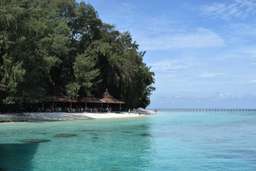

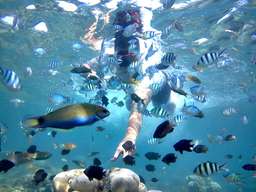
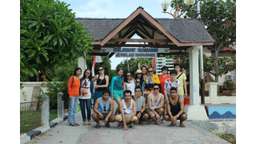
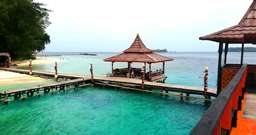
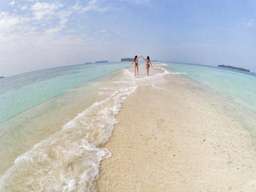
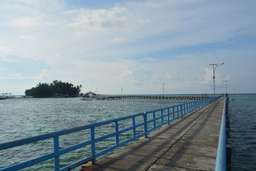

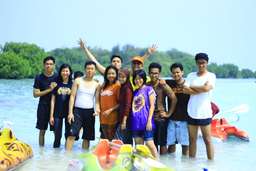


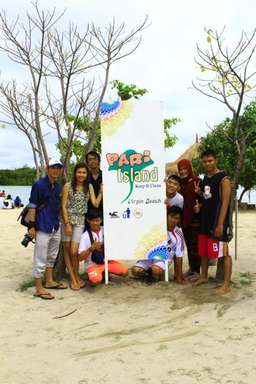



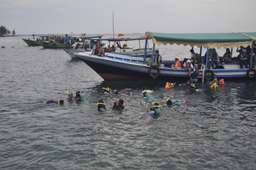
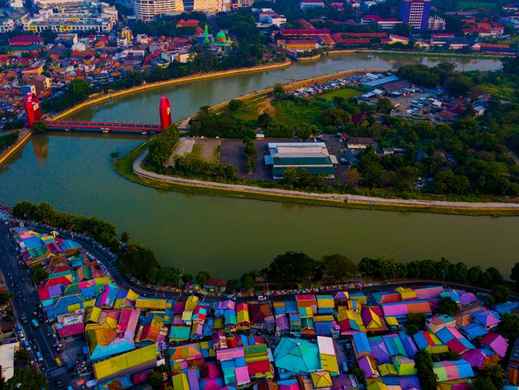


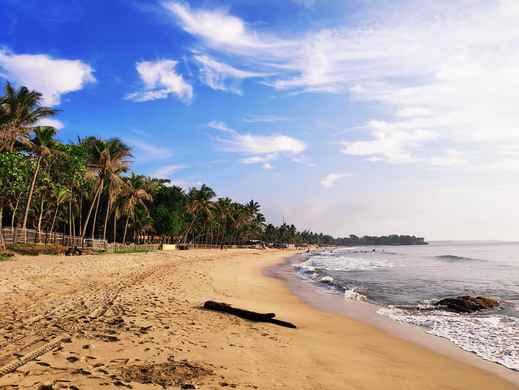
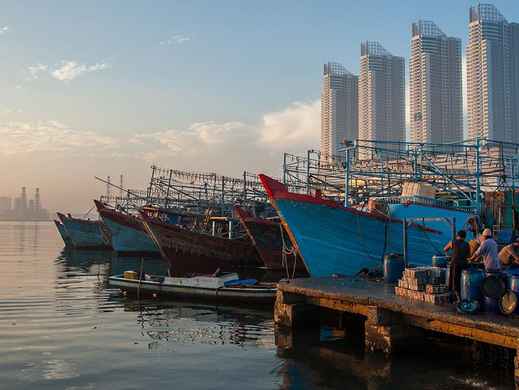
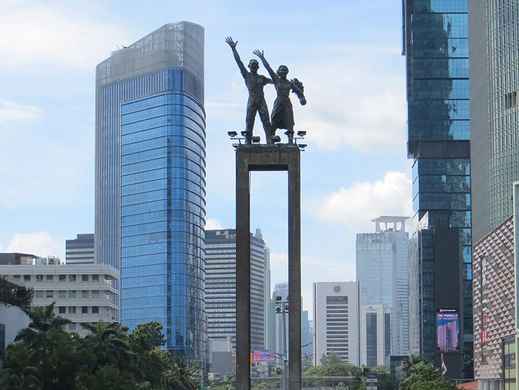


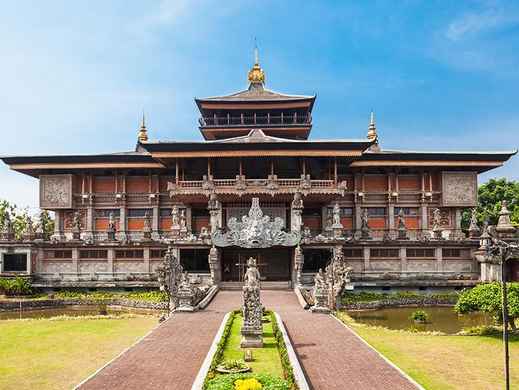

 Facebook
Facebook Instagram
Instagram TikTok
TikTok Youtube
Youtube Twitter
Twitter Line
Line
